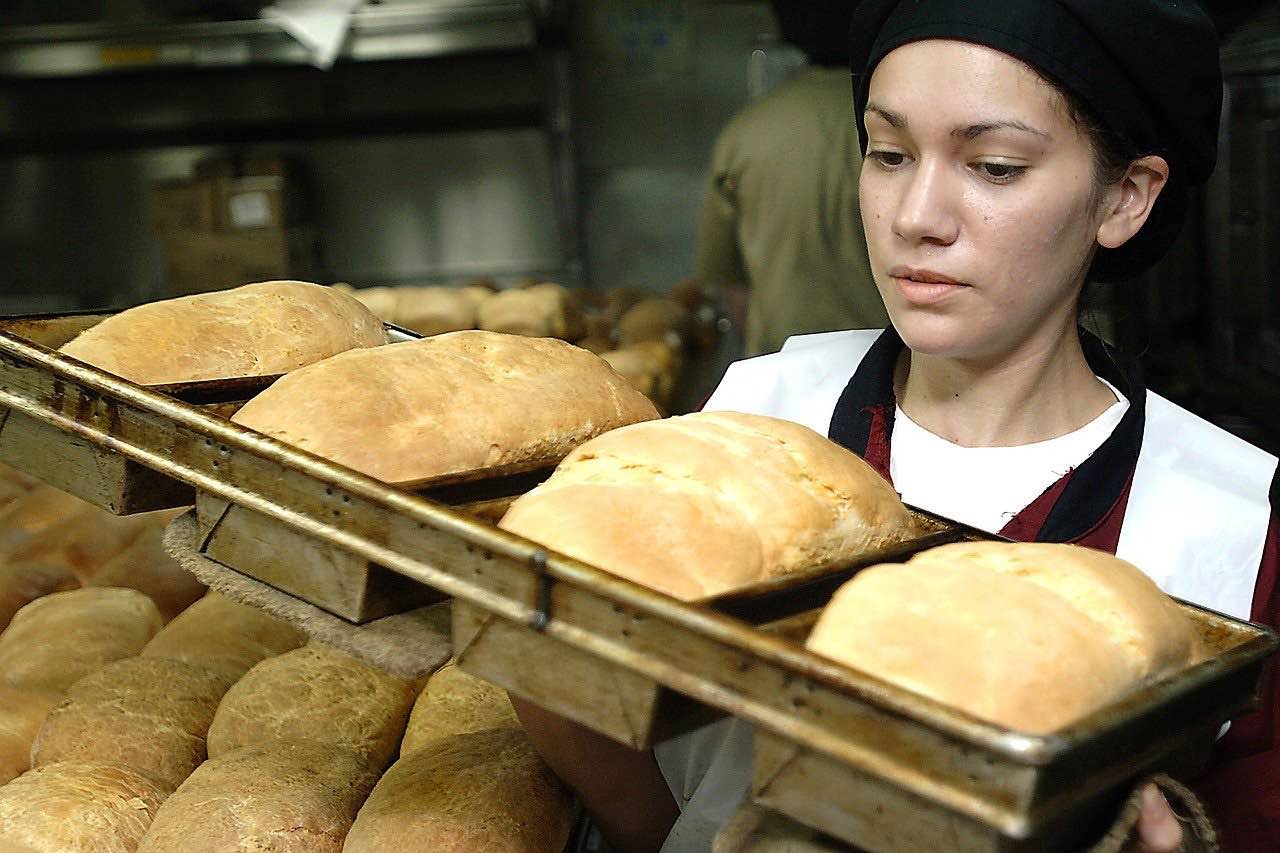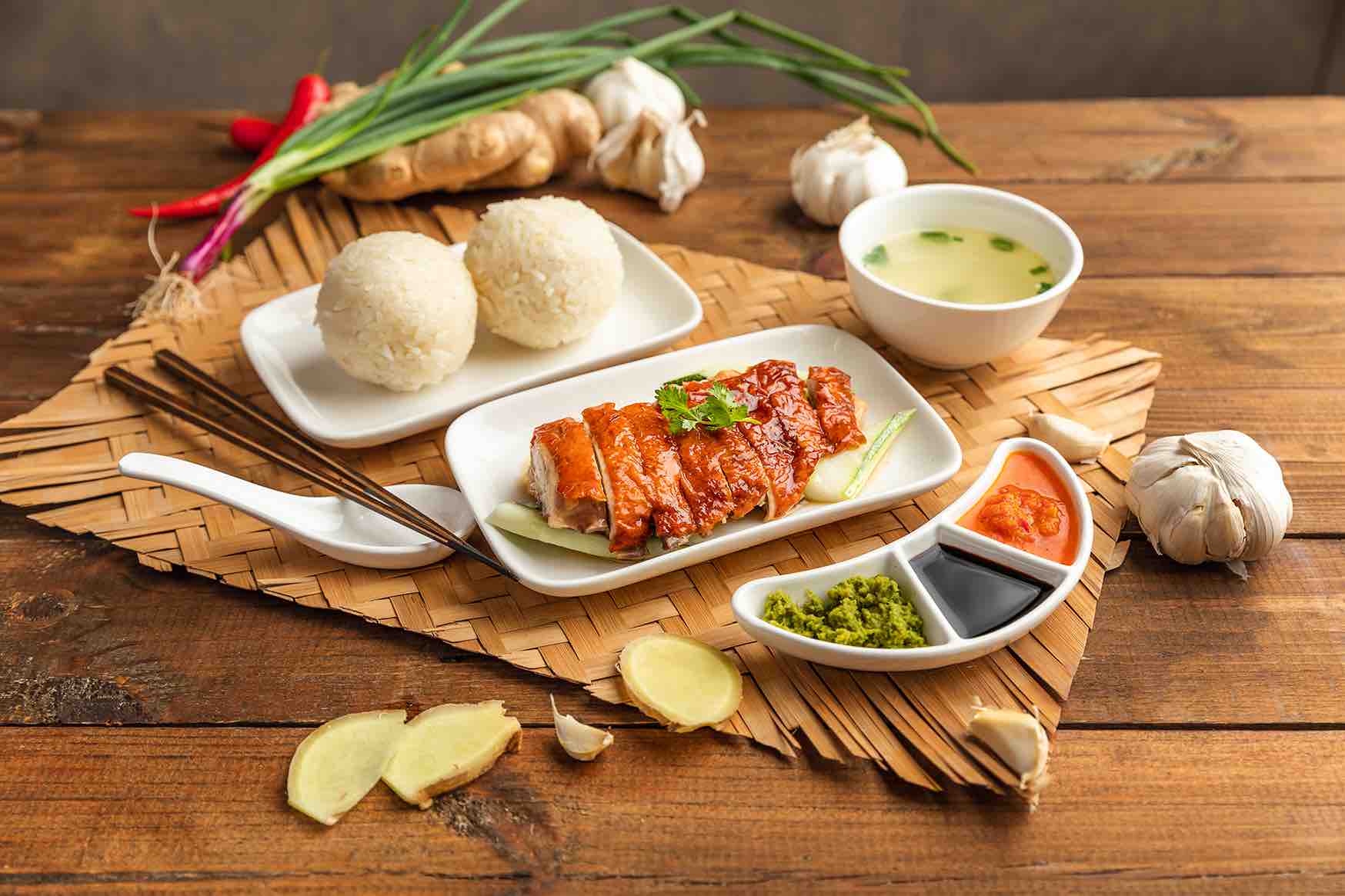If you’re a foodie, you’ve likely sampled many of the delicious fares Asian cuisine has to offer. They’re everywhere, no matter which country you’re dining in. On the other hand, African delights are often more localized and rarely seen unless the restaurant specializes in them. So how do you tell the difference between the two traditional cuisines? Here are the key similarities and discrepancies to note so you can partake in these meals with a bit more knowledge at your fingertips (or your fork).
African and Asian Cuisine Similarities
The common link between both of these cuisines is their traditional heritage. When you’re visiting a country with a longstanding history of serving particular styles of food, it’s important that you at least attempt to participate in the meal when it’s served to you.
The good news is that, unlike some other traditional cuisines, African and Asian meals don’t usually have anything … well … unorthodox or overly surprising in them. They are unique, brightly colored, and full of a mix of spices and seasonings that one might not normally encounter. Overall, the result of anything you eat in these regions is a sensational delight to your tastebuds.
Now for the Differences
If you’re trying to decide which traditional meal to serve at your next gathering or where you want to explore in the world of cuisine next, start by checking out the differences between Asian and African foods.
For one thing, when you’re given a meal served by those with an African heritage, you’re likely to see many vegetarian options. African meals tend to focus on fruits and veggies. They’ll add milk and grains as sides.
In some areas, though, you will find smoked meats. These are frequently game animals, like bush meat, but you will also see the more common beef, fish, pork, and poultry. Because some African villages have difficulty finding meat, it’s only on the menu when there’s a special occasion.
If you have game on your plate, it will be in a soup or stew to soften this tough meat. Make sure you try the snack called chin-chin, African food sure to delight everyone.
Boiling down Asian cuisine is a bit more difficult. There are so many diverse options, depending on the region and heritage of those serving your meal. Asia is highly populated, and those living there are densely situated. This substantial population density means all the cuisine on the menu will include a plethora of cultures, such as East- and West-Asian, North- and South-Asian, and Central Asian.
Nearly unanimously, you’ll have rice on your plate for every meal. You’ll also enjoy a variety of beef, seafood, and pork, as well as maize.
Asian foods are cooked via multiple methods. Most chefs prefer stir-fry, but deep oil frying and steaming options are common. Asian meals have a reputation for being healthier than other cultures due to the often used stir-frying and steaming methods. However, the same meals aren’t as nutritious when deep-fried in oil.
Choosing between Asian and African meals can be a tough decision to make. Ultimately, you can’t go wrong with either one. If you don’t like what’s on your plate, try something else, but don’t give up on the cuisine of the culture.








